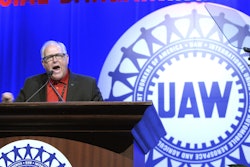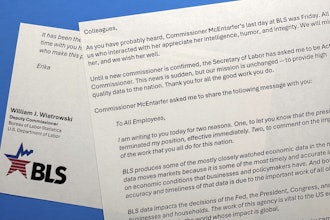The Vision of Zero
American industry continues to come to grips with hitting ZERO injuries in the workplace. More than 10 years ago I began a campaign of keynote speeches and leadership seminars and workshops feeling like Don Quixote. Continually running headlong at the windmills of the ZERO injury safety culture. Leaders and workers pushed back making statements like:
- “It can’t be done!”
- “This is a dangerous business and injuries just happen.”
- “People are going to make mistakes!”
- “Leaders are only interested in getting a bonus!”
- “Isn’t safety someone else’s responsibility?”
- “How can you make a workplace that safe?”
- “Do you really think it’s possible to have zero injuries?”
ZERO is a goal, target, benchmark, ideal, or whatever you want to call it. Achieving zero injuries requires vision, a process, effort, and the commitment of everyone in the organization. The target does not have to be berated and talked about 24/7, but it does have to become a simply seamless part of the business. Safety is a big job that happens when we establish deliberate steps to accomplish the desired result.
Nothing is particularly hard if you divide it into small jobs ~ Henry Ford
Make it More Difficult to get Hurt
Anything that seems to be impossible or just plain difficult must be broken down into steps. Learning the process of recognizing and controlling hazards takes time mitigate hazards. Some clients understand what we are trying to accomplish and deliberate focus to make sure everyone is not just seeing and reporting hazards but also taking steps to mitigate the hazard to a lower level of risk. What we are attempting to do is create a workplace where it is more difficult to get hurt. Effort is required to hit ZERO; it does not happen just because we say it will.
Eight Concepts to Achieve ZERO
- Break the job of hitting ZERO injuries down to macro and micro work areas
- Look at your overall location (think macro: big picture) and see it as a workplace
- Identify what is in your workplace that can cause injury. (identify hazards in the form of: material, conditions, or activity)
- Take action to mitigate the hazards in the workplace to a lower level of risk, then
- Take a look at your worksite (think micro: local or where you are completing tasks)
- What is in your worksite that can cause injury? (this is a close-up, focused look)
- What controls can be employed to mitigate the risk of injury (decrease the exposure or impact of the hazard), and remember
- Ask yourself, “Do we want to reach ZERO injuries in our workplace and are we willing to put out the necessary effort?”
A Personal Call to Action
A more appropriate may question may be, “Do I want to reach ZERO injuries in my worksite and am I willing to put out the effort?” Zero is a desired state that must become a personal target, and commit to expending the effort. Effort is only expended when we are trying to accomplish something we want. So today, ask yourself if you want to hit ZERO injuries and create a workplace/worksite where nobody gets hurt.
Carl Potter is the author and facilitator of the hazard recognition and control workshop, delivered to thousands of people in hundreds of workplaces in the United States and Canada. He has authored eight books. Information on his work and presentations can be found at www.carlpotter.com and more information about the company he leads is at www.safetyinstitute.com.























